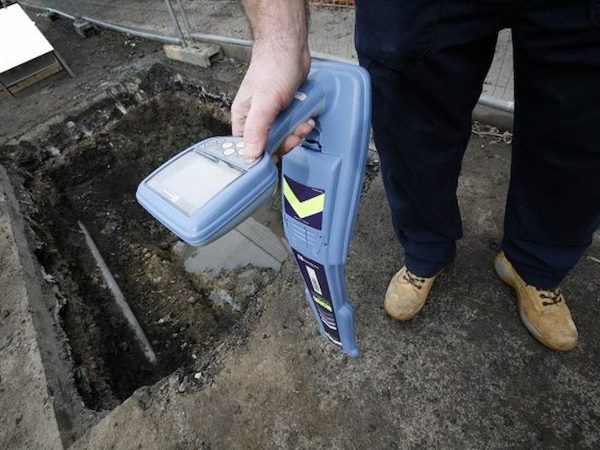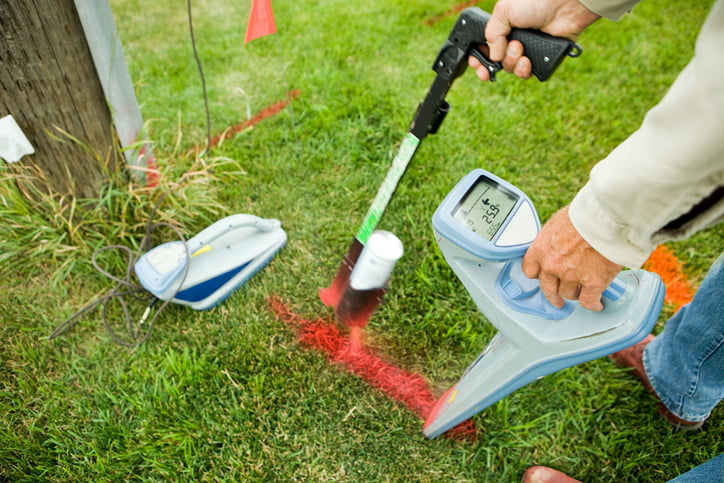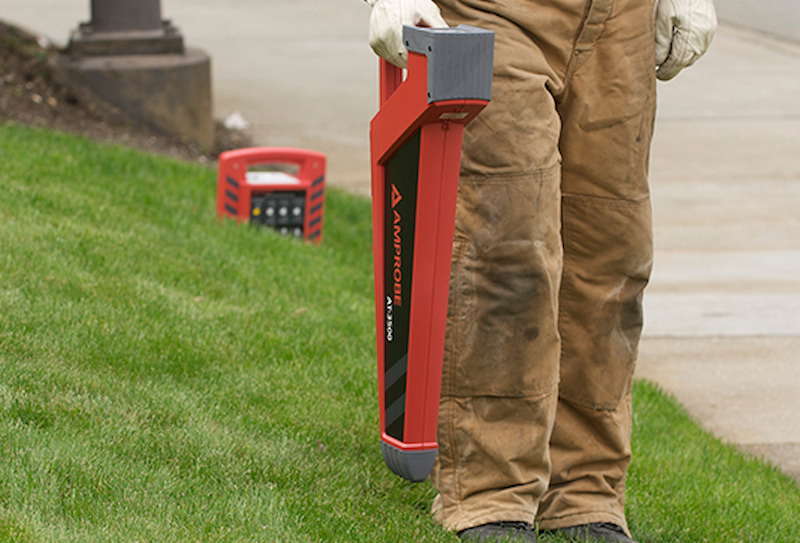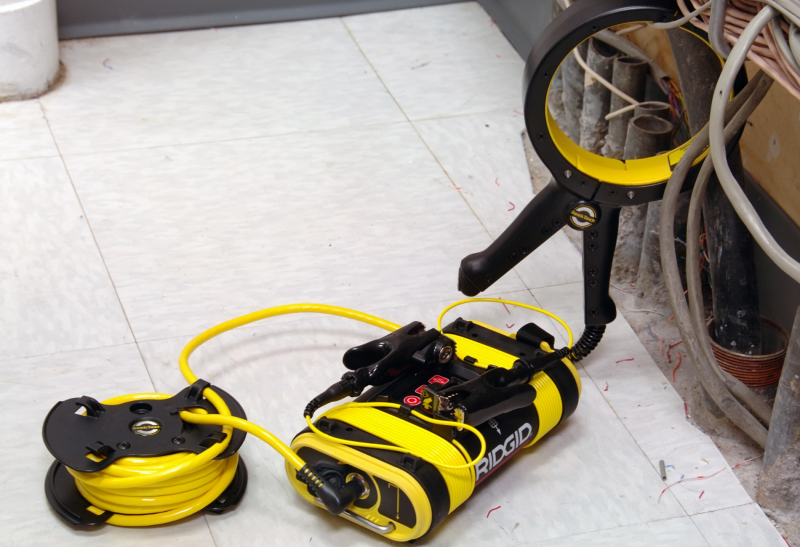20
May

Underground utility location is a crucial process in a wide range of industries. It’s typically done by applying a signal to the pipe or cable using a transmitter, and then reading the return signal with a receiver. The signal is applied using three modes – inductive clamp, inductive and conductive mode. Let’s explain these modes:
No matter which one of these modes you use, the key to successfully using an underground cable and pipe locator is applying the right frequency. The signals applied to the buried lines wane down into the ground, meaning they get weaker with depth. The key factors that impact signal strength include signal frequency, cable diameter, type of soil, and transmitter power level.
Out of all these possible variations, only two are under your control – power level setting and signal frequency. Frequencies are categorised into four different classes – low, medium, high and very high.

As far as power level settings go, having more watts to work with is beneficial to covering longer distances on small conductors such as tracer wires, and electrical and telecommunication cables, because you’ll be able to push through high-resistance conductors or go over non-conductive joints such as iron pipes. However, using more watts will propagate to nearby buried utilities, so lower the wattage to reduce propagation.

This method requires a direct connection to the cable or pipe being located, thus isolating the signal to just one utility. In this method, proper grounding is paramount. In other words – the better the grounding, the better the signal. The transmitter is connected at one end electrically, the signal is sent through the desired line, goes to ground, and comes back through the ground stake. Improper connection or grounding will result in a weak signal. The ground stake should be placed far away from the far-end ground and trace path. That being said, extend the stake away from the trace path at about 90° for optimum results.
This method is the most simple out of the three locating methods, used by most underground cable and pipe locator experts, as long as one point of the trace path is known. All you have to do is put the transmitter on the ground right above the buried utility and line it up with the transmitter arrows parallel to the direction of the utility line. Ideally, the transmitter should be about 3 metres from the line for a good signal. If several conductors overlap, this method won’t work, because typically, inductive locating requires high-frequency usage. Furthermore, if the receiver is within 25-30 metres of the transmitter, it will pick the signal through the air, which is why you should start at least 30 metres away from the transmitter when tracing.

This method applies the signal with an inductive clamp. This is done by closing the jaws of the clamp around the cable or pipe, allowing it to be induced directly into the line. In the process, the chances of other conductors picking up the signal are reduced. However, the clamp must be closed fully, and the conductor needs to be properly grounded on the far and near end.